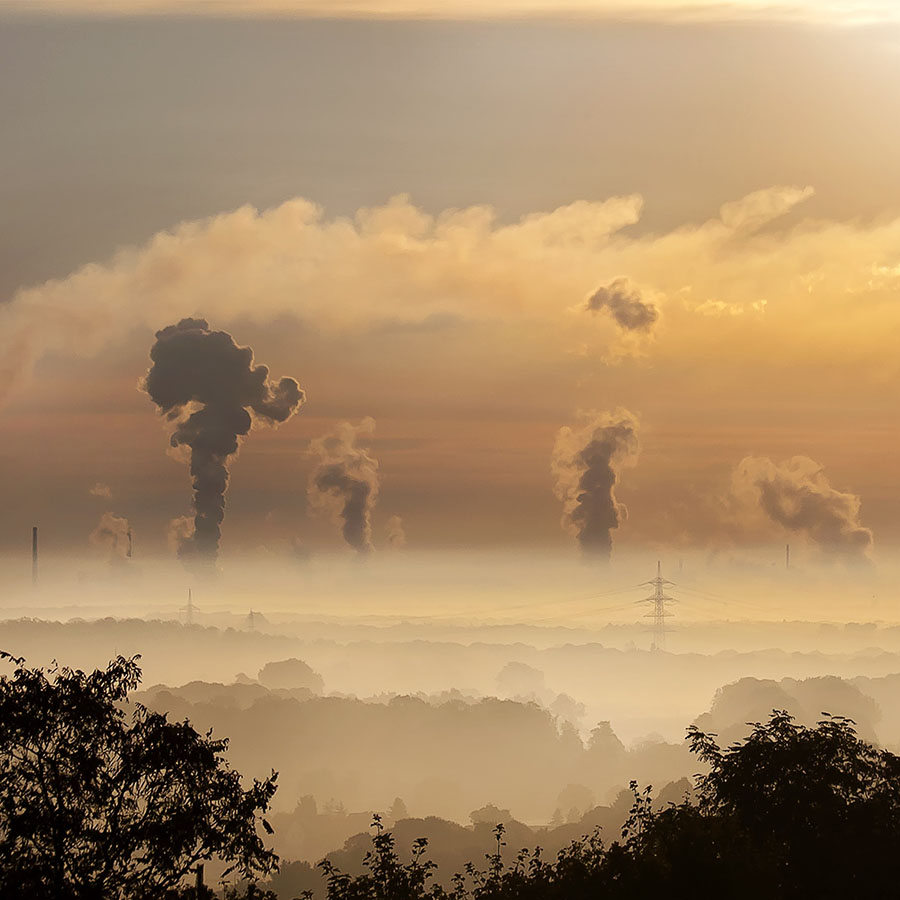When it comes to choosing renewable energy sources, solar power is often hailed as the most sustainable option. Solar panels have a very low carbon footprint and are a great way to reduce your emissions.
There are a variety of factors that contribute to the carbon footprint of solar panels but the majority of the emissions from them come from the manufacturing process. Solar panels are made from various natural materials, which all require a lot of energy to obtain and produce. However, once they are installed, they have very little impact on the environment.
Solar panels have a lifespan of 20-30 years, after which they can be recycled. The recycling process itself requires quite a bit of energy, but it is still far less than the energy required to create new ones.
Overall, solar panels have a very low carbon footprint and are a great way to reduce your emissions and make your home more sustainable. But let’s take a look at some of the ‘hidden’ emissions of solar power, and if it’s still worth investing in a solar system.
Raw materials and manufacturing
The solar cells, which are the main components of solar panels, are created from layers of silicon, that absorb the light from the sun, and turn it into an electric current. Alongside silicon, solar panels (and as an extension, solar batteries) use other raw materials like, silver, lithium, and copper during the manufacturing process. But these raw, and oftentimes rare natural resources have to be obtained somehow, and that’s done through mining. Through mining, greenhouse gases are emitted, and contaminate and pollute the surrounding environment. Trying to work out the overall emissions that mining has on the environment can be tricky to do as we don’t currently have all the data that we need, but we know that the extraction, processing, and distribution of these materials can have a detrimental effect on the environment.
While it’s great that we now have the ability to try and reduce our carbon footprint with renewable energy sources like solar panels, we need to understand the places in which these systems are manufactured. Over 60% of the world’s solar panel systems are created in China, which has a well-known record of using an immense amount of fossil fuels. These factories run on fossil fuels, which means that the solar panel supply is already causing emissions before the manufacturing process is complete.
Using the land
At some point in your life, you may have driven past a field with hundreds upon hundreds of solar panels, basking in the sun. This has certainly become more of a common sight as the world moves closer towards fully appreciating solar energy. For landowners and those in the energy industry this is a great thing, but can the same be said for the wildlife?
Biodiversity damage is a real worry, and as more and more people are fighting over land for these kinds of business ventures, crops and animals tend to get the short end of the stick. Solar PV panels can shade the ground underneath them, leaving some areas without water, and saturating others when there’s heavy rainfall. Not only this, but solar panels can disrupt wildlife habitats by blocking off migration corridors.
Solar panel installation on pieces of land will also cause something called ‘indirect land use change emissions’. This is caused when areas typically used for crops are used for energy purposes instead, which creates competition in other parts of the world to keep up with the global food demand.
What can we do?
It’s important to consider that the carbon footprint of a solar panel system has to take into account the way in which it is disposed of when they need to be changed. Once your solar panels come to the end of their lifespan, you may be wondering what you can do with them. Disposing of them in the same way as you would a bag of rubbish isn’t viable, and certainly isn’t environmentally friendly. This is down to the types of materials that solar panels are made from, and the possibility that they would leak into the ground causing both health and environmental issues.
Thankfully, it is possible to recycle solar panels, though this isn’t the easiest thing to do. But if solar panels are recycled instead of just thrown away, we can decrease their greenhouse gas emissions by 42%. Europe is pretty up to speed with this, being the only place where manufacturers are required to recycle the panels.
Environmental benefits?
The ‘hidden’ emissions of solar panels are to be expected. It’s almost impossible to create a product like these without creating any kind of emissions, and as it stands, they are a much better solution than the finite source of fossil fuels we have. In fact, the emissions caused by solar panel systems don’t even come close to the amount of emissions created by fossil fuels. This is especially true when we look at how far solar energy systems have come in recent years, and they only stand to get more efficient, while lowering emissions becoming more sustainable in future.
Final thoughts
When looking at the sustainability of solar panels, we do have to take in to account the emissions that they give off and what this means for their carbon footprint. While the actual use of solar panels is free of emissions, the manufacturing, and location of the panels are not. But when we compare the carbon footprint of solar panels with fossil fuels, it’s obvious which one is more environmentally sound. Nevertheless, it’s important to be aware that there are still things that can be done to further reduce the impact that manufacturing and distribution of solar panels has on the environment.
